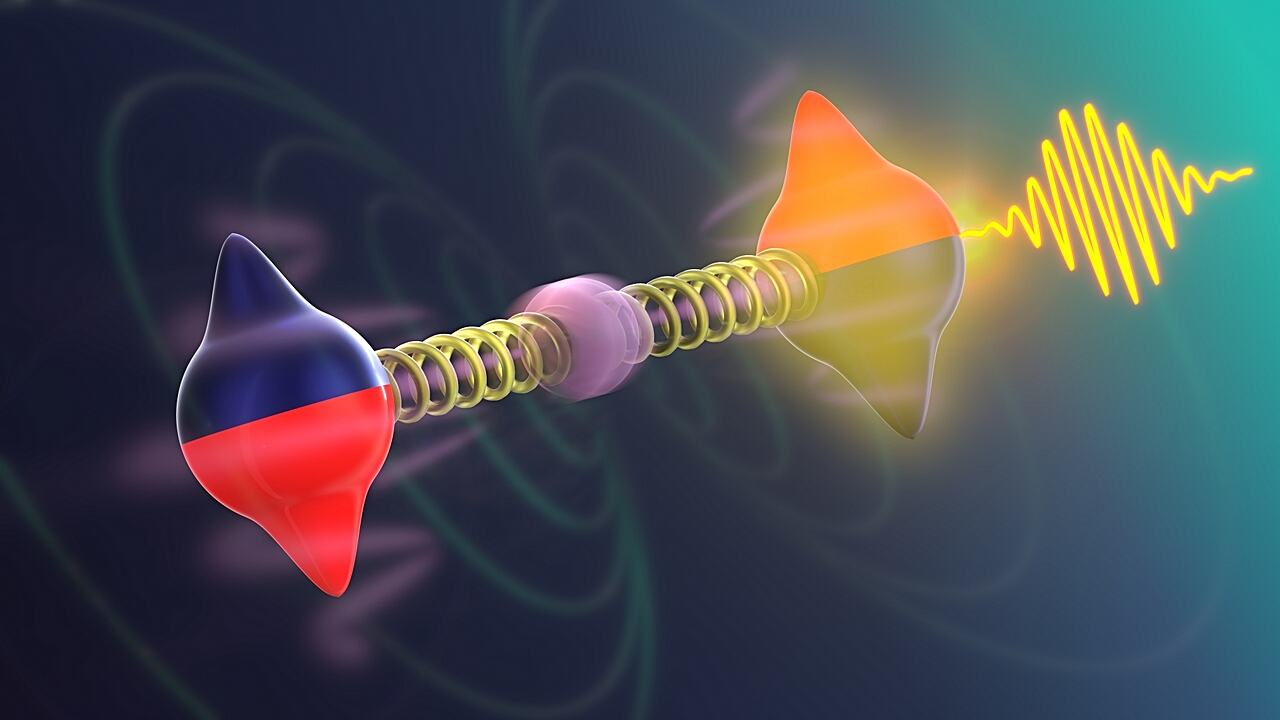THE LATEST
Researchers uncover magnon-phonon Fermi resonance in antiferromagnet, paving the way for advanced storage

An international team of researchers from the Institute for Molecules and Materials (IMM) at Radboud University, the Helmholtz-Zentrum Dresden-Rossendorf (HZDR), University of Cologne, and the Ioffe Institute has made a significant breakthrough in developing faster and more energy-efficient data storage capabilities.
The team focused on antiferromagnets as promising candidates to overcome the slow and energy-consuming data storage bottleneck faced by current technology. They specifically studied cobalt difluoride (CoF2), an antiferromagnetic material, and demonstrated its potential for spin dynamics, which are much faster compared to conventional ferromagnetic materials.
Using advanced techniques such as light pulses at terahertz frequencies, the researchers were able to excite spin dynamics and establish a new energy transfer channel between magnons and phonons through a resonance condition known as Fermi resonance. This breakthrough may allow for the manipulation of spin-lattice coupling on demand, potentially leading to significantly increased operational frequencies.
The implications of these findings are significant, as they have the potential to greatly enhance the efficiency of magnetic writing and substantially reduce the energy required for data storage operations. This could lead to lower energy consumption in data storage systems and pave the way for innovative data storage technologies.
The researchers believe that their work not only advances our understanding and control of quantum materials but also holds promise for revolutionizing data storage technologies. They plan to expand their research to control other quantum materials and further advance material science and technology.

